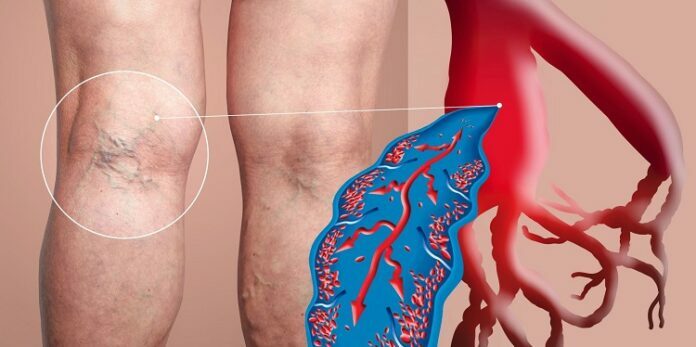Deep Vein Thrombosis, commonly abbreviated as DVT, is a severe medical condition that develops when blood clots form in one or more veins deep inside the body. DVT has a mortality rate of 10 to 30 percent if not treated. DVT often does not present any noticeable symptoms, which can make it go unnoticed for a long time. Fortunately, you can achieve a full recovery from DVT from some of the best-rated El Paso deep vein thrombosis hospitals. Learn more about different types of medical procedures and surgeries, on this website: https://www.dental-hypnosis.com
Here is everything worth knowing about Deep Vein Thrombosis and the proper treatment methods you can acquire.
Table of Contents
What causes Deep Vein Thrombosis?
Deep Vein Thrombosis develops when blood clots hinder the normal circulation of blood in the veins. It can result from several factors such as injuries, body inactivity, certain medications, and surgeries.
A blood clot inherited condition can also put you at risk of developing Deep Vein Thrombosis. When you sit for long periods without moving, the blood circulation in your legs can slow down, resulting in DVT.
Who is at risk of getting DVT?
Several factors might increase your risk of developing DVT, such as;
- Age, particularly those at the age of 60 and above
- Pregnancy
- Contraceptives
- Smoking
- Being overweight
Also, having certain health conditions such as heart failure issues or inflammatory bowel disease might increase your risk of having DVT.
Symptoms and signs of Deep Vein Thrombosis
Only about 30% of people ailing from DVT show any symptoms or signs. Here are some common DVT signs or symptoms to look out for.
- Legs or arms swelling
- Discolored or red skin
- Leg soreness, cramping, and pain
- Feeling of warmth around the affected area
- Superficial veins may appear larger than usual
More than 30% of people with DVT do not show any symptoms until the blood clots have traveled towards the lungs causing pulmonary embolism. Pulmonary embolism is a severe condition of DVT that requires emergency care.
How is DVT diagnosed?
Your medical practitioner will first review your medical history while asking you about your symptoms or lifestyle. A physical examination will follow, identifying areas on your skin that are swollen, tender, red, or discolored.
If you show any signs of DVT, your doctor will conduct some imaging tests that show the soft tissues in your body having blood clots. These imaging tests effectively identify blood clots in your system before they cause an embolism.
What are the treatment options for DVT?
Depending on the severity of your DVT condition, you might either have special care treatment in a hospital or an outpatient treatment. If your DVT has not progressed to an embolism, your doctor might prescribe some medications to lessen the risk of developing another blood clot.
The most common DVT treatments are blood thinners, compression stockings, vena cava filters, and clot-busting medications. Blood thinners prevent blood clots from getting bigger or moving and make it hard for your blood to clot.
On the other hand, compression stockings help minimize signs of swelling or leg pain. The Vena cava filter treatment option is a minimally surgical procedure often done under local anesthesia to prevent blood clots from reaching the lungs.
If you experience any symptoms of DVT, seek professional medical help immediately from one of the best hospitals in El Paso, such as I-Vascular. At I Vascular, you will receive a fast and articulate diagnosis that will help you know which steps to take further. Also, through the professional and experienced doctors at I Vascular, you can improve your health in due time. Call or book an online appointment to improve your circulation.















